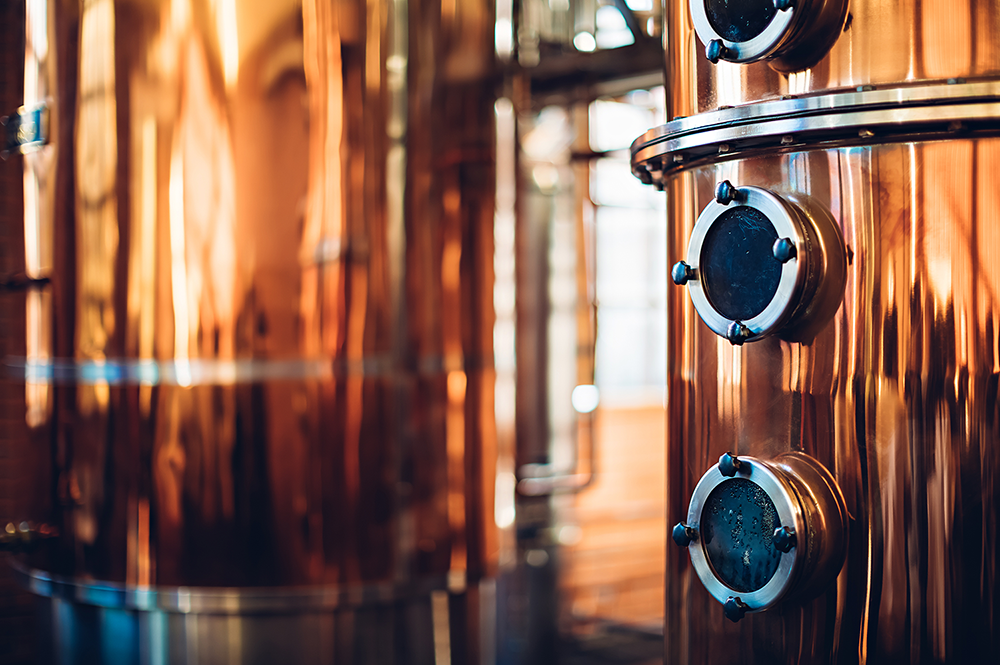Stories
Whisky is a passion to explore. From the history of the spirit to the evolution of the industry, the story of whisky helps fuel that passion. Often, it’s easy to forget that whisky is also a global multibillion dollar industry. The stories of whisky — from news and new releases to in-depth inquires and what goes on behind the label — blend together to help us appreciate the spirit of whisky.

Bourbon Boom Expanding Kentucky’s Economy
October 21, 2014 – The global boom in Bourbon sales has turned Kentucky’s Bourbon industry into one of the Commonwealth’s leading economic engines, according to a new University of Louisville Urban Studies Institute economic impact study. The study was commissioned by the Kentucky Distillers Association, which released the findings at a news conference today in Frankfort at Beam Suntory’s new 600,000 square foot warehousing and logistics center scheduled to open in early 2015.
“It’s a great success story for Kentucky,” said KDA President Eric Gregory in a telephone interview. “The surge in Bourbon unfortunately coincided with the economic downturn, and at a time when the rest of the state was losing 28 to 29 percent of its work force, Bourbon was actually up 21 percent, and as one of our speakers said today, Bourbon helped cushion the blow.” The report found a 77% increase in distillery-related employment since the last study in 2012, with more than 15,000 people working in industry-related jobs. The industry’s overall impact on Kentucky’s gross state product grew 67%, from $1.8 billion in the 2012 study to $3 billion in 2014.
Listen to Mark Gillespie’s entire interview with Eric Gregory:
The number of licensed distillers has jumped from 10 in 2012 to 31 now, with much of that growth coming from the craft distilling sector. The study found approximately 127 jobs have been created by craft distillers so far with an annual payroll of more than $4 million, and estimates new capital investment in craft distilleries of up to $30 million over the next five years. That’s a pittance compared to the $630 million currently planned in capital projects during the same period by the state’s larger distilleries following the passage earlier this year of an income tax credit for distillers to offset the “ad valorem” taxes they pay to local governments and school districts on maturing barrels of whisky. Distillers are required to reinvest that money in new capital projects within Kentucky to be able to claim the credits.
The study also examined the industry’s role on Kentucky farmers for the first time. 40% of the grain used by the state’s distilleries comes from Kentucky farmers, with a $60 million economic impact. That could grow to 80%, as distillers would like to source more grain locally assuming that price and quality are the same as out-of-state suppliers. In addition, the report found a sharp increase in tourism-related spending from visitors to the state’s distilleries, with a 43% increase in Kentucky Bourbon Trail visitors since 2012.
The entire report is available to review online.
Links: Kentucky Distillers Association | University of Louisville Urban Studies Institute





